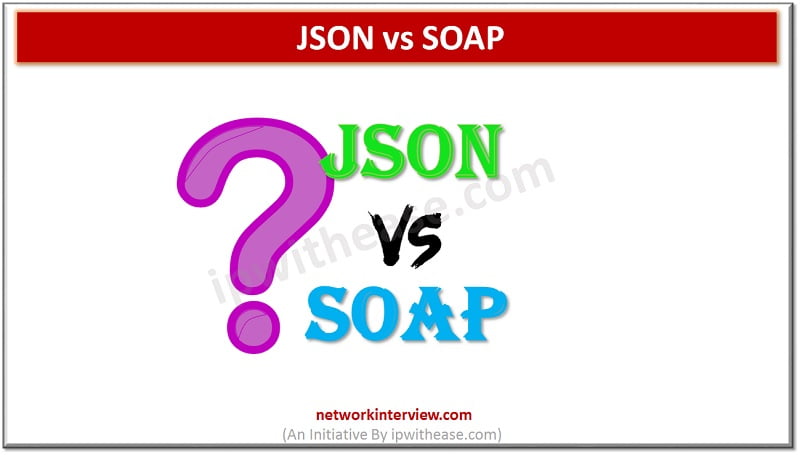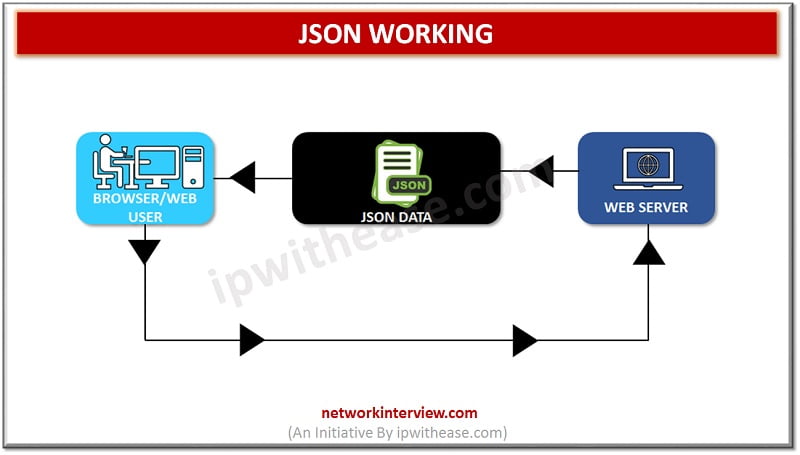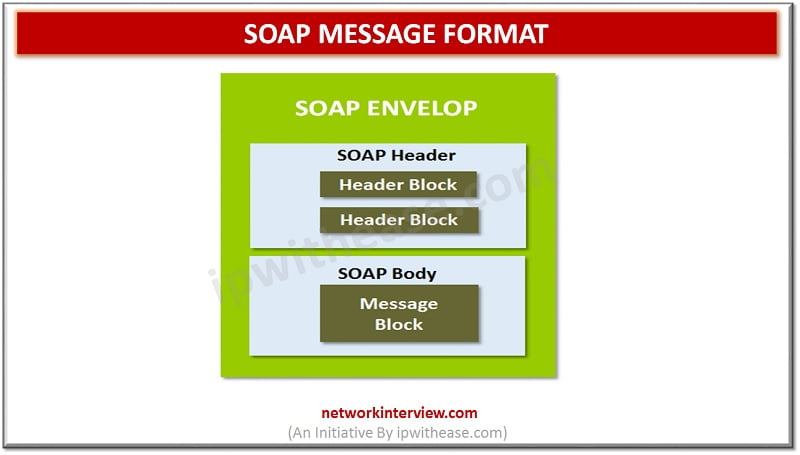
JSON vs SOAP: Detailed Comparison
Online machine to machine communication is handled by web services. It is used by systems to communicate systems on Internet and only front-end interfaces like websites and applications which reside on end user systems. Data exchange between heterogeneous applications would be complex. Use of XML is an intermediary language for data exchange between applications.
Creation of web services uses either JSON or SOAP. SOAP is a standard protocol which has is used for sending messages. It has rules and security features and complex in nature. JSON was developed to overcome SOAP limitations and it is an architectural style. It supports developers to implement communication as per their choice and requirements.
We will look more in detail about JSON and SOAP, and understand its functionality, use cases, advantages, and disadvantages.
About JSON
JSON is short for JavaScript Object Notation is format for data sharing. JSON is derived from the JavaScript programming language and available for use for many languages – Python, Ruby, PHP, and Java. JSON uses the .json extension as standalone and when it is defined in other file format such as .html it will appear inside quotes as a JSON string to make it easier to transmit between web server and client or browser. It is very readable and lightweight and offers good alternative to XML and require less formatting. This will speed up data which can be used in JSON files and general structure and syntax of this format.
History of JSON
Douglas Crockford given JSON format in early 2000 and the official website was launched in year 2002. Yahoo! started offering its web services in JSON in Dec 2005 and JSON become an ECMA international standard in 2013. The most popular and format standard published in 2017.
How JSON works?

Pros and Cons
PROS
- Provides support to all browsers
- Easy to read and understand
- Ease to create and manipulate
- Fast to Parse
- Allows to transmit and serialize structured data on network connections
- It can be used with modern programming languages
- JSON library is open source and free for use
CONS
- JSON is not as robust as data structure in XML
- Information sets from different systems can’t be combined
- Does not support extension of base times
- No namespace support hence poor extensibility
- No support for formal grammar definition
About SOAP (Simple Object Access Protocol)
SOAP was originally defined as S-Simple O-Object A-Access protocol and stands for Simple Object Access Protocol. It is the oldest web focused API protocol which is used widely. SOAP was one of the oldest protocols designed to handle different applications or services to share resources in systematic manner over the network. To make calls XML documents need to be created and it relies on standard protocols like HTTP and SMTP for transport. It is a ‘State-full’ protocol and more secure (supports web services security using SSL [Secure socket layer]) when compared to his other counterparts.
History of SOAP
In 1997 early days Microsoft looked at developing XML based distributed computing. The objective was to enable applications to communicate via RPC (Remote procedure calls) using HTTP. The name SOAP was derived in 1998. In 1999 Microsoft worked on adding support for namespaces in XML products and SOAP 1.1 was submitted to Worldwide Consortium (W3C) in May 2000 with IBM as co-author.
SOAP Elements
SOAP has following elements:
Envelop – (Mandatory) it is the top element for XML document which represents message. It encapsulates all details in SOAP message. This is root element of SOAP message.
Header – (Optional) this determines how recipient of SOAP message should process the message. It adds feature to SOAP message such as authentication, transaction management, payment, message routes etc.
Body – (Mandatory) – Information exchange intended for recipient of message. A body element contains all call and response information – this element contains actual data which sends between web services and calling applications.
Fault – (Optional) – When request is made to SOAP web service the response can be either successful or unsuccessful.
SOAP messages are generated by web server it calls automatically.

Pros and Cons
PROS
- SOAP is platform and language independent
- SOAP provides simplified communication via proxies and firewalls
- Ability to leverage transport protocols – HTTP , SMTP etc.
CONS
- Slower compared to its counterparts as it uses verbose XML format
- Limited to Pooling : one client can use services of one server
- Firewall latency do exist because they don’t understand difference between use of HTTP over web browser or within SOAP
- SOAP support on Python and PHP is not strong enough
Comparison Table: JSON vs SOAP
Below table summarizes the difference between the two:
FUNCTION | JSON | SOAP |
| Definition | JSON is short for JavaScript Object Notation is format for data sharing. JSON is derived from the JavaScript programming language and available for use for many languages – Python, Ruby, PHP, and Java. | SOAP was original defined as S-Simple O-Object A-Access protocol and stands for Simple Object Access Protocol. It is the oldest web focused API protocol which is used widely. SOAP was one of the oldest protocols designed to handle different applications or services to share resources in systematic manner over the network |
| Features |
|
|
| Applications |
|
|
Download the Comparison Table: JSON vs SOAP
Continue Reading:
Understanding SOAP Web Services
Tag:comparison, software



